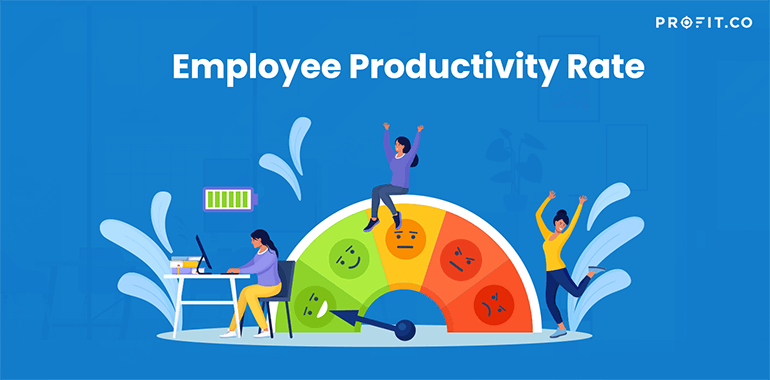There’s a rule of thumb that applies to all companies in the world: the employees are divided into productive and procrastinators. When those procrastinators do their job in spite of their “condition”, to put it like this, all is well, but when they are hurting your ROI, you need to do something about it.
Calculating the Employee Productivity Rate, for starters, will give you a clear sense of who’s doing their job and who isn’t. In the remainder of this article, we’ll teach you everything you need to know about this EPR.
How Do I Calculate It?
For someone that isn’t a connoisseur, the term “HR metrics” can be as spooky as a black cat crossing them on the street. The EPR, however, is among the most innocuous metrics, because it’s simple to understand and calculate.
In order to get your EPR and see if it’s your employees to blame for your waning ROI, you simply divide the company revenue by the number of your employees. You can get the EPR for a single employee if you so like.
Keep in mind that a decreasing productivity might be the result of overworking or other various aspects that are a far cry from the employee’s. Have a clear idea of how much time in a week is actually productive time (deduct the breaks, obviously) and compare the productivity that stemmed out of this particular week with the next.
You’ll get a simple EPR and something more: you’ll see what caused the increase or decrease in productivity. If your employees are as productive as ever, then you might want to focus your attention elsewhere.
What Can I Do to Increase the EPR?
There are plenty of things you can do in this case. You should start by seeing whether your employees are happy to come to work or not. In other words, are they incentivized properly? Do you reward their performance? Do you know that, regardless of how bad things are in the company, a break is a break?
One of the most recurrent causes of waning EPR is overworking the employees to the point that they simply can’t come to work well-rested anymore. Another cause, just as recurrent, is failing to pat someone on the shoulder and telling them that they’re doing a great job. We often think of the EPR as a highly financial aspect of doing business, but it’s not: it pertains to HR. It falls into the HR’s responsibility to make sure that the top workers in the company are recognized – if not incentivized more than the others. This is precisely why the Employee Productivity Rate is an HR metric and not one for Finances.
The Bottom Line
The EPR can decrease for various reasons, but most of the time it’s a sign that people are tired, either because they’re overworked either because they’ve realized that they’re stuck in a professional rut, case in which it isn’t much you can do.
Calculating the EPR will enable you to pinpoint laziness – where there’s any – and, in general, the employees that choose to be unproductive, as opposed to those who cannot be anymore.
